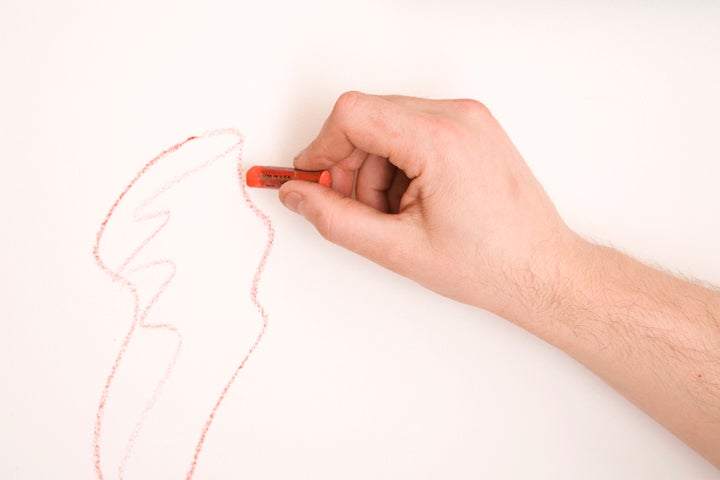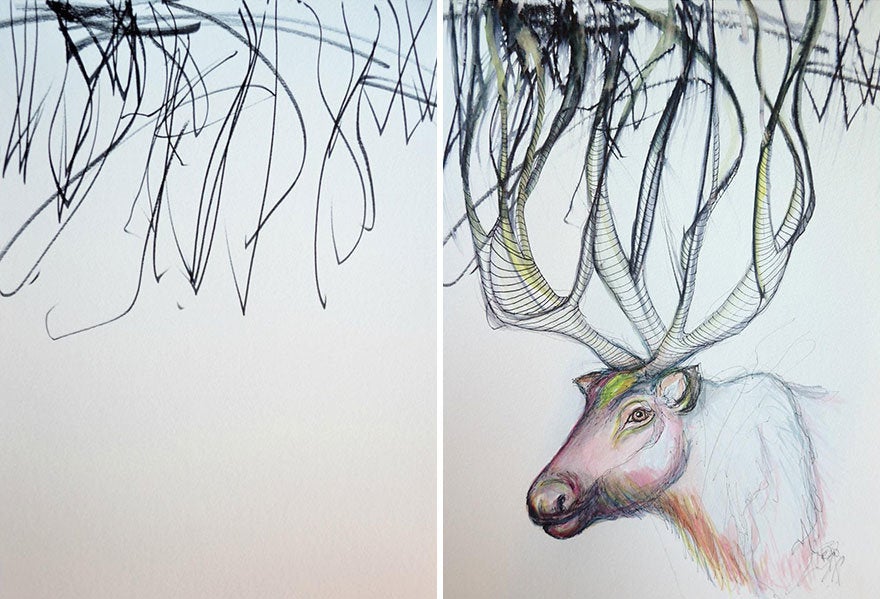
How many times do you have to scrawl “buy toilet paper” in your phone, on your notebook and/or body parts before you actually remember to get the job done? Next time, instead of using your words, you should probably just sketch an image of a Charmin Ultra Soft roll instead.
According to research by Jeffrey Wammes and his team at the University of Waterloo in Canada, drawing may be the most reliable way to enhance memory. And it doesn’t matter how good or truly horrendous your doodles look ― just the very act of sketching them out can help embed them right into your memory bank. Researchers dubbed their findings, published in The Quarterly Journal of Experimental Psychology, “the drawing effect.”
Wammes was initially interested in finding out the most dependable way to remember information, so he enlisted the help of a group of students. He gave them each a list of 40 words that were easy to visualize, like “apple.” The students had 40 seconds to memorize the words. To do so, he told half the group to copy down each word over and over within the allotted time and the other half to use the time illustrating each word.
Then, all students were made to perform a “filler task” to distract them from the previous exercise. Afterwards, they were asked without warning to recall as many of the 40 words as possible. Those who drew them remembered over twice as many as those who wrote them.
To hammer the results home, Wammes conducted a series of secondary experiments, inviting students to partake in similar memory-related tasks ― like looking at pictures of objects, creating mental images of objects, listing physical characteristics of objects, writing words with visual details. Those who drew pictures of the words still remembered more than those who participated in the secondary strategies.
“We pitted drawing against a number of other known encoding strategies, but drawing always came out on top,” Wammes said in a statement. “We believe that the benefit arises because drawing helps to create a more cohesive memory trace that better integrates visual, motor and semantic information.”
As previously established in Fergus Craik and Robert Lockhart’s famed 1972 paper “Levels of Processing: A Framework for Memory Research” the more deeply we process information, the more easily we can remember it. The act of drawing is inherently complex. It involves our ability to visualize an image from a word, calling upon our previous understandings and interactions with that word, and then it uses our motor skills to bring the image to the page. The act of drawing, therefore, requires a thorough engagement with the subject matter at hand, even if the whole sketch goes down in 40 seconds or less.
Thanks in part to Wammes’ research, we can affirm that drawing is not only a fun way to relieve stress and keep healthy, it can also help you memorize, reminisce and avoid having to go yet another day sans toilet paper.
And, just to reiterate: The method works whether or not you are particularly gifted in the drawing department. Even if your drawings are barely legible to the outside world, to the inner workings of your memory, you’re basically Albrecht Dürer.

